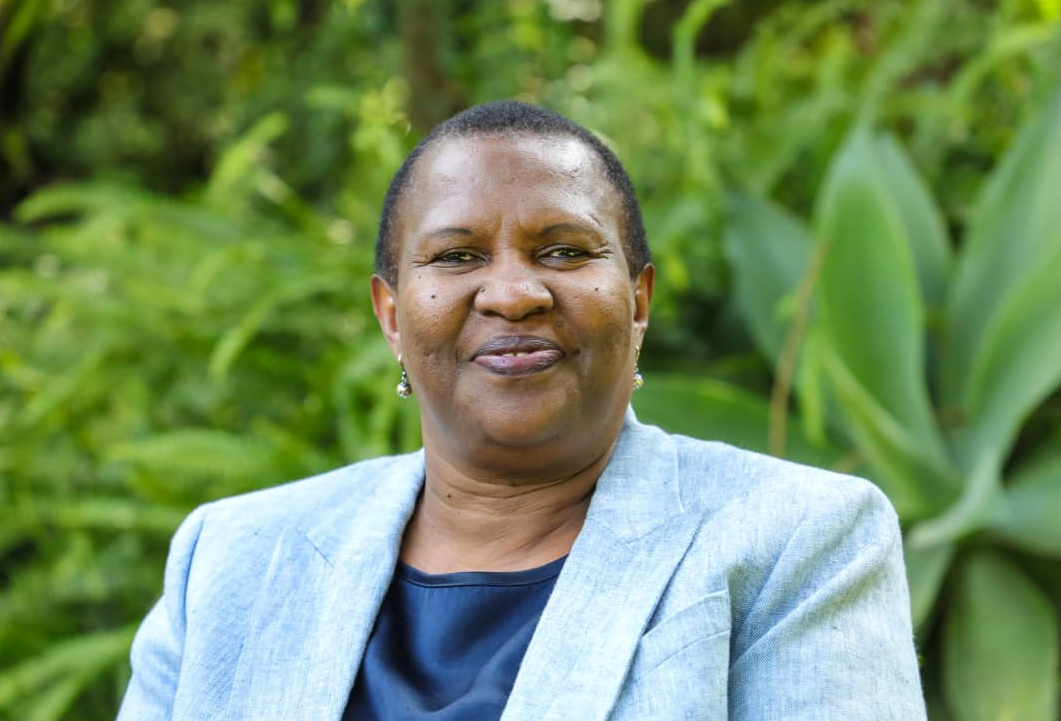Making the Case for Agri-food systems: Finance, Resilience, and Africa’s Food Future - ENA English
Making the Case for Agri-food systems: Finance, Resilience, and Africa’s Food Future

By Alice Ruhweza
As the world assembles for the UN Food Systems Summit in Addis Ababa this week, we confront a simple but profound invitation not merely to reflect on four years of progress since 2021, but to fundamentally rethink how we finance, produce, and govern agri-food systems. This is because, from the intensive discussions on nutrition in Paris during the Nutrition for Growth Summit in March to the recent International Conference on Financing for Development (FfD4) in Seville, and now, the sobering data of the 2025 State of Food Security and Nutrition in the World (SOFI) report, the message is unmistakable: we must change and the time for change is now.
The SOFI 2025 report offers both warning and nuance. While hunger begun receding in Southern Asia and Latin America, food insecurity worsened in both rural and urban Africa between 2022 and 2024. The global gender gap in food insecurity narrowed from 2021 to 2023 only to widen again in 2024, leaving women disproportionately exposed to malnutrition. Conflict, climate volatility, and post-Covid inflation have combined to erode hard-won gains, casting a long shadow over our pursuit of SDG 2 - ending hunger. These mixed signals demand clarity: Africa is not on track, and without decisive action, vulnerability will deepen across the continent.
Because of these challenges, we have to continue making the case for agri-food systems. What does this actually mean? To me, it means calling for courage from donors, multilateral lenders, and investors to rethink risk, unlock catalytic capital, and shift away from short-term projects toward long-term, systemic financing. It means embracing unconventional tools like concessional finance, blended models, pay-for-results frameworks, and payments for ecosystem service (PES) among other novel ideas. It also means financing food systems through cross-sector channels, including health, climate, and social protection because food systems is not a silo, but the very infrastructure of resilience.
Most crucially, it means putting farmers and food producers, especially young people, at the center of the conversation.
I am convinced that agri-food systems must become an active driver of our food security and nutrition sufficiency transformation, not a passive recipient of aid. If centered in policy and resourced effectively, it will catalyze economic growth, unlock livelihood improvements, and simultaneously deliver on climate and nutrition goals. It is where climate action meets healthy diets, where dignified employment meets rural renewal, and where innovation meets inclusion for women and youth. In Africa, this synergy is not a distant aspiration; it is an imperative for survival and prosperity. At AGRA, with our two decades experience co-designing African solutions to sustainably raise farmers’ productivity and connecting them to a growing marketplace, we continuously embrace what has worked while evolving new ideas.
Our work with researchers, donors, African governments, the private sector and civil society has seen SMEs thrive, digital and nature-based solutions scaled, and tangible results realized through increased smallholder productivity, reduction in post-harvest, and emergence of new market opportunities. For example, AGRA has facilitated 42 policy reforms across 11 focus countries thereby reducing approval times from between 8-10 years to between 3-5 years. In Tanzania, 2017 fertilizer regulations centralized oversight, increasing trade by 47 per cent and reducing prices by between 10-40 per cent. AGRA supported 10 National Agricultural Investment Plans (NAIPs) and 10 flagship programs, mobilizing US$1.4 billion, including US$400 million from governments. In Kenya, the 2019 Seed Act expanded certified seed access for 2.5 million farmers. These policy reforms unlocked US$1.5 billion in public budgets. Ethiopia’s extension system trained 70,000 agents; serving 15 million farmers while Nigeria’s revived state councils secured US$5 million in investments. But too often, these successes cannot be scaled, sustained or replicated across countries not for lack of innovation, but financing.
Regrettably, as we seek to accelerate progress, finance is unwinding in the opposite direction. Official development assistance from G7 donors has fallen by nearly 28 percent since 2021, while debt burdens in low and middle-income countries have surged, constraining fiscal space for essential investments. Globally, it will take US$1.2 to US$1.4 trillion a year to transform global agrifood systems, just 1% of global GDP. That’s a fraction of the US$12 trillion we’re already losing annually
to the hidden costs of poor health, environmental degradation, and inequality. The case for action is clear: responsible investment could unlock US$4.5 trillion in new business opportunities each year.
These estimates, captured in the Global Donor Platform for Rural Development’s 2025 White Paper on Financing Agrifood Systems, a process to which AGRA is proud to have contributed, reminds us that the issue isn’t a shortage of capital, but whether we choose to deploy it where it matters most.
Ultimately, if stakeholders are serious about transforming Africa’s agri-food systems, they must also get serious about financing her people and harness their creativity. The question before us in Addis Ababa is clear: will we seize this moment to mobilize the capital, creativity, and courage required to build the food systems that Africa and the world urgently needs?
======
Alice Ruhweza is President of AGRA, an African-led organization focused on putting farmers at the centre of our continent’s growing economy.